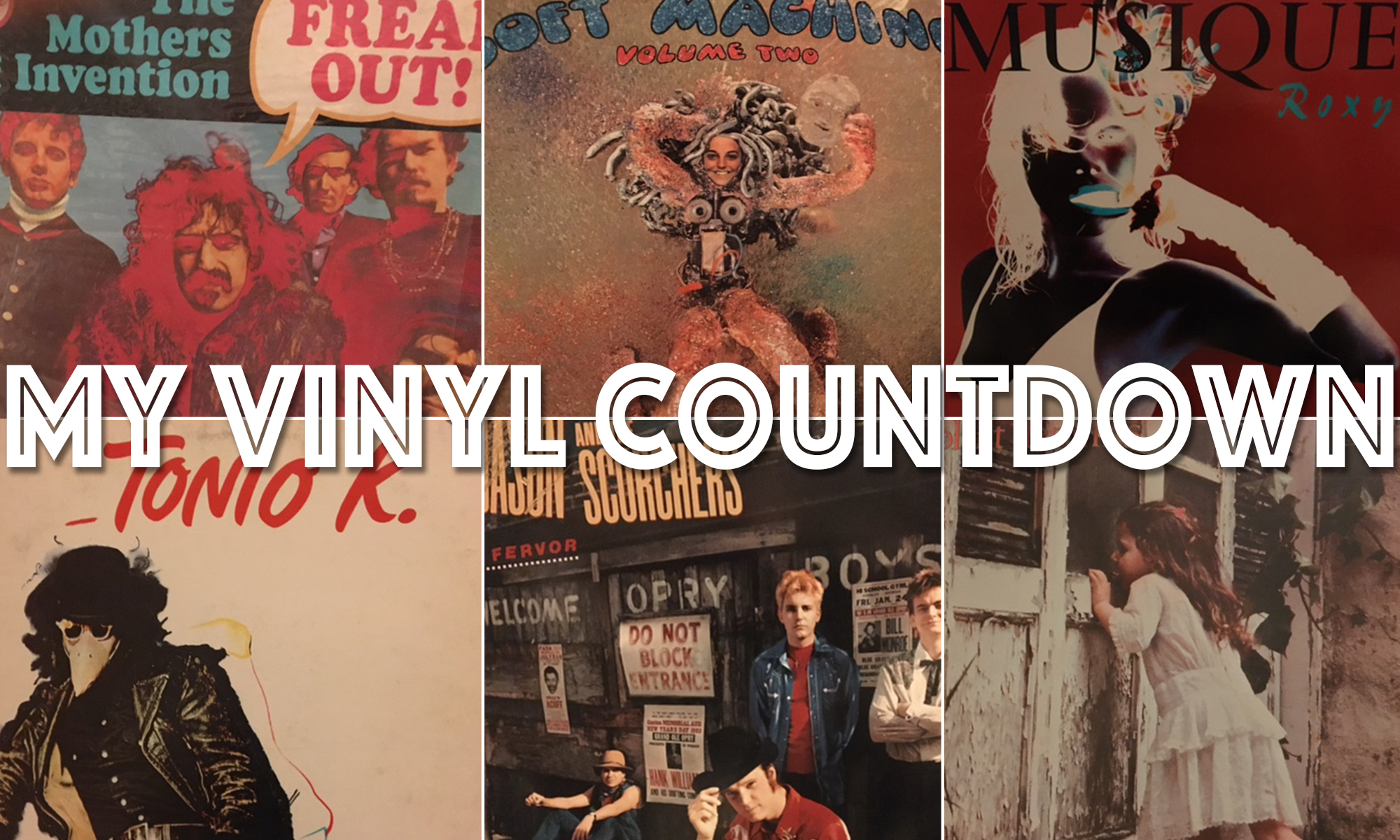
ALBUM: Very Extremely Dangerous (1978)
MVC Rating: 4.0/$$$$
My memory of Eddie Hinton is a sad one. He was playing at the Nick in Birmingham, or was it the Wooden Nickel still in 1985?
The small Birmingham mainstay was sparsely crowded. The college kids and 20-somethings didn’t have a clue who Hinton was. A Swamper. A blues singer who sounded a little like Otis Redding or Wilson Pickett. A man with a fan club in Sweden but little recognition in his own state.
Near the end, he was picking up a few extra dollars mowing lawns.
My good friend, writer Tom Gordon, did an excellent piece for the Birmingham News dated April 4, 1985. The story was called ‘Rocker on the rebound.’ I wish I could link to it but can’t find it online. I have a coffee stained paper copy of the story that I keep in my Eddie Hinton album, ‘Very Extremely Dangerous.”
On this night in 1985, Hinton was attempting to make a comeback. I was there. And he was very, extremely drunk. Long before Janet Jackson had a wardrobe malfunction, Hinton had one on stage that night involving the fly on his pants.

He wasn’t well, and the power of addiction was on vivid display. He died in 1995 at the age of 51. I do have the album. If you listen to a couple of cuts (on video below) you will understand why I call him one of the best blues singers most have not heard.
Gordon in his 1985 piece describes observing Hinton singing in a Decatur recording studio. Gordon writes:
Later, after an hour or more of recording, his face shiny with a thin film of sweat, Hinton seems almost sheepishly shy when someone compliments his singing.
“I try to put all my being into it,” Hinton says.
Writer Bob Mehr in the Chicago Reader wrote about how people were often shocked when learning he was white:
British critic Barney Hoskyns, writing in Soul Survivor magazine in 1987, called Hinton “simply the blackest white voice ever committed to vinyl.”
In fact, Hinton’s likeness was famously and intentionally left off the packaging for his debut LP, 1978’s Very Extremely Dangerous. Hoskyns was backstage after a mid-80s Bruce Springsteen concert, where a few members of the E Street Band were singing along to the record, and recalls their reaction when he told them Hinton was white: “They were as dumbfounded as I was.”
Hinton’s voice draws the attention, but it is his songwriting and guitar work that frequently earned him a paycheck. Elvis Presley’s “Merry Christmas Baby’ — that’s Hinton on guitar. He played guitar on albums by Boz Scaggs, the Staple Singers, and Percy Sledge. He has had his songs recorded by Aretha Franklin, Dusty Springfield, Cher and Greg Allman.
So he achieved some success. But it was his voice that truly set him apart. He just couldn’t bust through to the stardom his talent deserved.
Listen to his rendition of ‘Shout Bamalama’ and hear the man’s soul.












